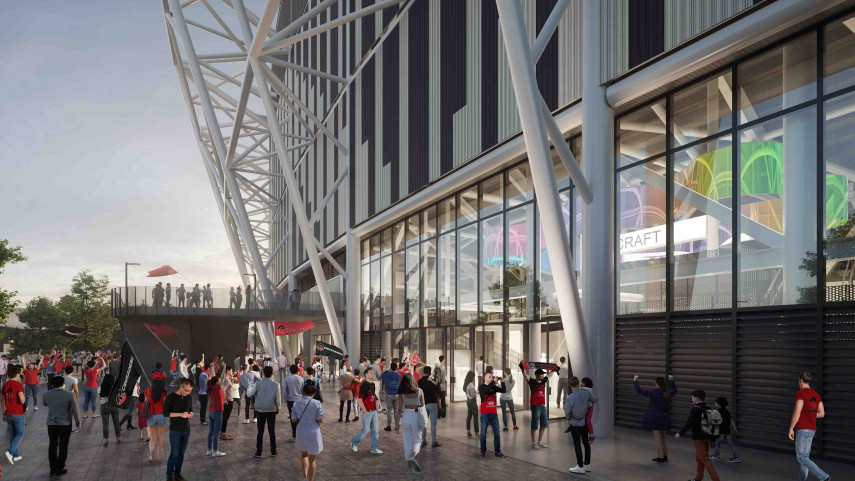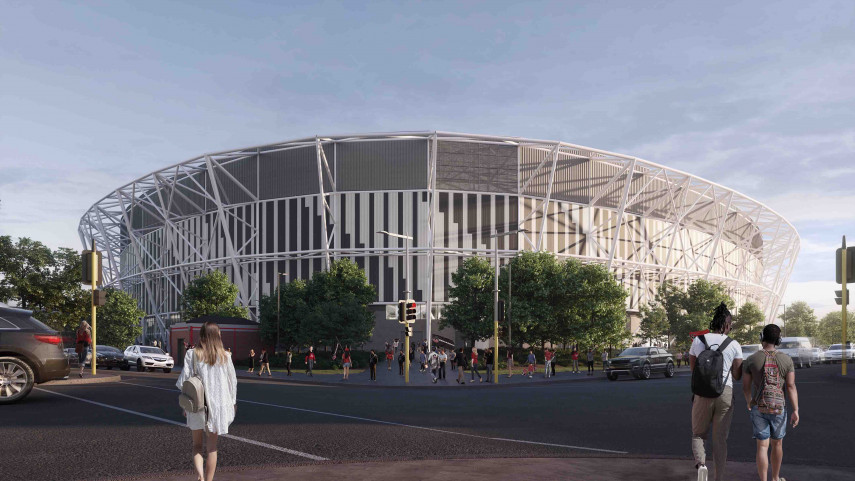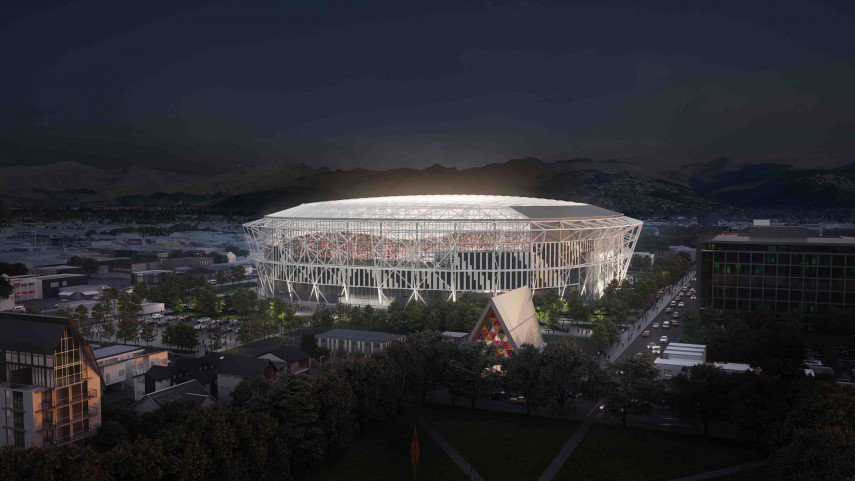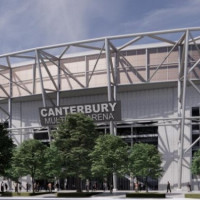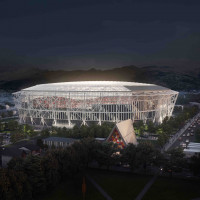What happens now?
BESIX Watpac will complete the detailed design work on the arena, obtain the necessary consents and start ordering materials and locking in subcontractors to work on the project.
When will construction get under way?
Site establishment and ground works are already underway on the site. The main construction work will begin once the detailed design has been completed and consents obtained. We expect foundation works to start mid-November.
Who is building the arena?
The lead contractor is BESIX Watpac, Australian-based stadium construction experts.
They will be supported by a consortium of local and international businesses with vast experience in construction, engineering and stadium design.
When will the arena open?
April 2026.
What does this mean for rates?
Rates will need to increase by 1.24 per cent, assuming the Council borrows the extra $150 million. That equates to an extra $39 a year for the average residential property.
Overall, building the arena will cost the average residential ratepayer $144 a year between 2025 and 2027. After that, the amount they have to pay will decline slowly over 30 years as the debt is repaid.
What can the arena be used for?
Te Kaha will be used for a range of events including entertainment events such as large and medium sized concerts, sporting events, Esports, gala dinners, cocktail functions, conferences, trade shows, expos and more.
How many events will it host?
Venues Ōtautahi is forecasting that Te Kaha will host 179 to 229 events a year, including an All Black test and three large concerts. Once every six years, from 2032, Te Kaha is likely to host a ‘mega event’ such as a Rugby World Cup or a FIFA tournament.
Is there space for shops and hospitality?
There are two areas on the ground floor for future retail tenancies and the arena will have 32 food and beverage outlets, including three feature bars.
How warm will it be in the bowl of the arena?
The temperature will be within two degrees of the outside temperature.
What is the maximum capacity for concerts?
36,800.
What is the maximum capacity for sporting events?
30,000 (25,000 permanent seats, plus capacity for 5000 temporary seats).
How much will it cost to operate and maintain the arena?
There is an average of $4.2 million a year of operating and capital expenditure support forecast to be required over the next 25 years. This will vary from year to year and will be further refined in detailed design as the asset management plan for the arena is developed.
The operating shortfall is associated with the asset management and maintenance of Te Kaha, along with the life cycle costs, and are in line with the Investment Case.
What economic benefits will it bring?
The 2019 Investment Case put the economic benefits of the arena at $462.2 million over 25 years.
Large sporting events are estimated to bring in $3.6 million a year while large international concerts will add $10 million.
Will it create jobs?
Venues Ōtautahi plans to employ 600 to 800 casual event day staff. The multi-use arena is also expected to stimulate employment in surrounding businesses.
Where is the extra $150 million coming from?
Currently the Council is assuming the money will come from borrowing but it will explore other options. A future Council could decide to stop or reduce other capital projects or services to free up money for the arena, rather than fund it all from increased borrowing.
Could the next Council change its mind on the arena?
No, the Council will have signed a legally binding contract with BESIX Watpac.
Why is the Council leading this project, not the Crown?
On 2 December 2019, the Council advised the Crown that it would prefer the Crown and the Council to have joint responsibility for delivering the arena.
Crown officials responded by saying they believed, in the interests of returning to local leadership, the Council was best placed to take responsibility for the project. This was reiterated by the Crown in the Investment Case for the multi-use arena.
The Crown also advised that it would limit its funding contribution to that provided through the Capital Regeneration Acceleration Fund.
Will Te Kaha operate in a sustainable way?
The project aims to support measurable action in climate change and reducing whole of life embodied carbon. We aim to balance environmental, economic, social and cultural benefits and ensure we have sustainable whole of life design that supports holistic operational efficiency.
Will Te Kaha enable an accessible and inclusive experience?
Te Kaha will enable the same experience for all members of the community. Accessibility and inclusivity considerations are inherent in all aspects of design and operation. The current design enables an enhanced experience, with many minimum requirements exceeded.

